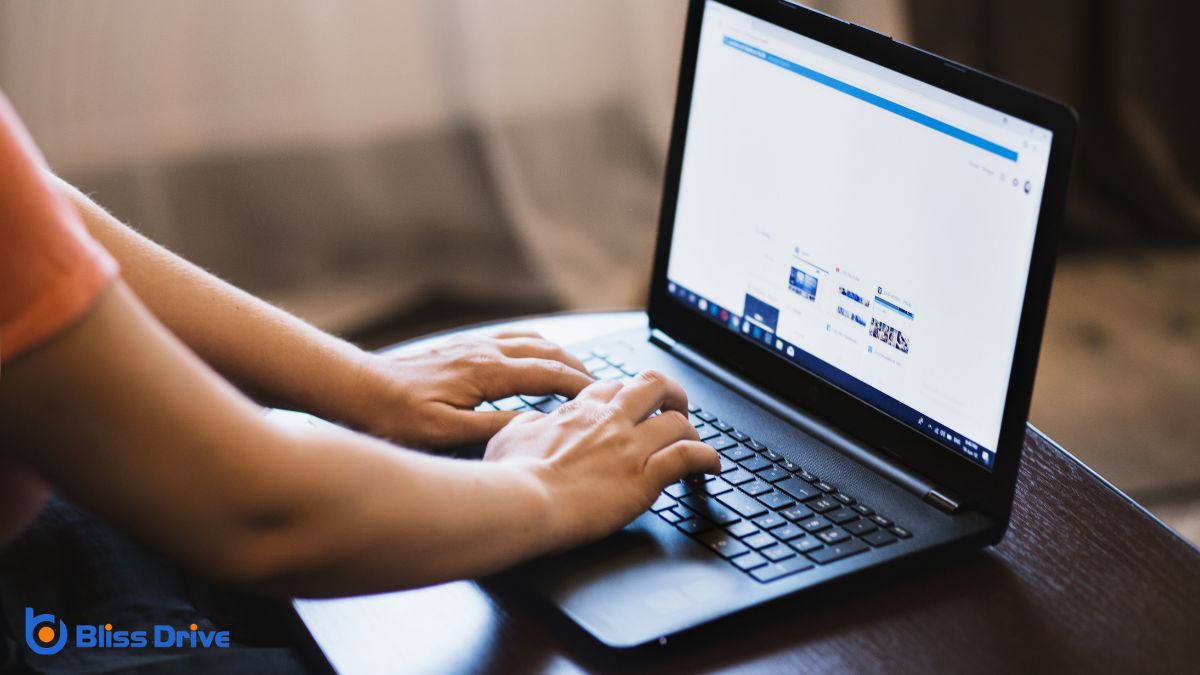Digital Marketing Services
Learn More About Us

You're probably aware that internal linkingLinks that connect different pages on the same website. is a key element in boosting your site's SEO performance. But how do you guarantee you're using the most effective strategies? By optimizing your anchor texts, creating content hubs, and linking to high-performing pages, you can greatly improve your site's navigation and authority. Don't forget to regularly audit and update links while maintaining an intuitive site structure. Interested in learning how these tactics can transform your SEO efforts?

When implementing internal linking strategies, optimizing your anchor texts can greatly boost your SEO efforts. You should choose descriptive and relevant anchor texts that give a clear indication of the linked content. This helps search engines understand the context of your links and enhances user experience by setting accurate expectations.
Use natural language that matches the page's content, and avoid generic terms like "click here." Instead, opt for keywordsWords or phrases that users type into search engines to find information. that reflect the topic of the linked page, guaranteeing they're relevant and meaningful.
Vary your anchor texts to avoid keyword stuffingOverloading a page with keywords to manipulate search engine rankings. and create a more diverse link profile. Consistency is key, so regularly audit your site to verify all links are functioning and effectively guiding users through your content.
This strategy will improve both SEO and user engagementThe level of interaction and involvement users have with social media content..
Optimizing anchor texts lays a strong foundation for your internal linking strategy, but there's more to effective SEO.
You should create content hubs and pillar pages to enhance your site's structure. Content hubs are clusters of related articles, with a main pillar page acting as the central piece. This pillar page covers broad topics, while the hub articles explore specific subtopics. By linking these subpages back to the pillar, you help search engines understand the relationship between your content, improving rankingsThe position at which a website appears in the SERP..
Organize your content logically, ensuring each link adds value to the reader. This approach not only helps search engines but also guides your audience through seamless navigation, enhancing user experience.
Ultimately, content hubs and pillar pages boost both visibility and user engagementThe interactions that users have with a brand’s content on social media..
While building your internal linking strategy, it's crucial to focus on linking to high-performing pages. These pages already attract significant traffic and engagement, which means they're trusted by search engines.
By linking to them, you can pass on some of that authority to other pages, boosting their visibility. Start by identifying your top-performing content through analytics toolsSoftware used to track and analyze website performance, user behavior, and marketing efforts..
Once you know which pages excel, integrate links to them naturally within your content. This approach enhances user experience by guiding visitors to valuable resources while also improving your site's SEO.
Be sure to use relevant anchor textThe clickable text in a hyperlink, important for SEO as it provides context for the linked page., giving context to both users and search engines. By smartly linking to high-performing pages, you effectively strengthen your entire website's performance.
Creating a logical site structure is essential for both user experience and SEO. Users should find information easily, and search engines need to understand your site's hierarchy. Start by organizing content into categories and subcategories.
Think of your website like a tree, where main topics are branches and subtopics are leaves. This structure helps users navigate intuitively and boosts your search engine rankings.
Use internal links to connect related pages, guiding users and crawlers through your site. Make sure that important pages aren't buried too deep; aim for a three-click rule, where users reach any page in three clicks or less.
This approach enhances user engagement and increases the chances of visitors staying longer, ultimately improving your SEO performance.

Having a logical site structure sets the foundation, but maintaining it requires regular attention. You can't just set up your internal links and forget about them. Regularly auditing and updating these links guarantees they remain relevant and effective.
Over time, content changes, pages get removed, and new information is added. If you don't update your links, you risk leading visitors to outdated or broken pages, which can frustrate users and harm your SEO efforts.
Start by scheduling routine checks to identify broken or irrelevant links. Use tools designed for this purpose to streamline the process.
Once you've identified issues, update or remove links as needed. By keeping your internal links up-to-date, you enhance user experience and strengthen your site's SEO performance.
You should update internal links regularly to guarantee relevance and functionality. Check them every few months or whenever you update content. Broken links harm user experience and SEO, so staying proactive keeps your site optimized and user-friendly.
Yes, internal linking can affect your website's load speed. If you've too many links or complex navigation structures, it could slow down the site. Make sure links are relevant and streamlined to maintain peak performance.
You might wonder if there's a limit to internal links on a page. While technically, there's no strict limit, too many can confuse users and dilute link value. Focus on relevance and user experience for ideal results.
Internal links enhance mobile SEOOptimization techniques to ensure a website performs well on mobile devices. by improving navigation and user experience. They help search engines understand your site's structure, boosting mobile rankings. Guarantee your links are easily tappable to avoid frustrating mobile users. Optimize for seamless browsing.
You're probably wondering what tools can help track internal link performance. Consider using Google AnalyticsA web analytics service offered by Google that tracks and reports website traffic., Ahrefs, or Screaming Frog. These tools help you understand link effectiveness and improve your site's SEO strategy, making tracking a breeze.
By focusing on these internal linking strategies, you'll greatly boost your website's SEO performance. Optimize your anchor texts with clear, descriptive phrases and create content hubs and pillar pages for easier navigation. Don't forget to link to your top-performing pages to pass on their authority. Implement a logical site structure to enhance user experience, and regularly audit your links to keep them relevant and functional. With these steps, you're set for improved visibility and engagement.
